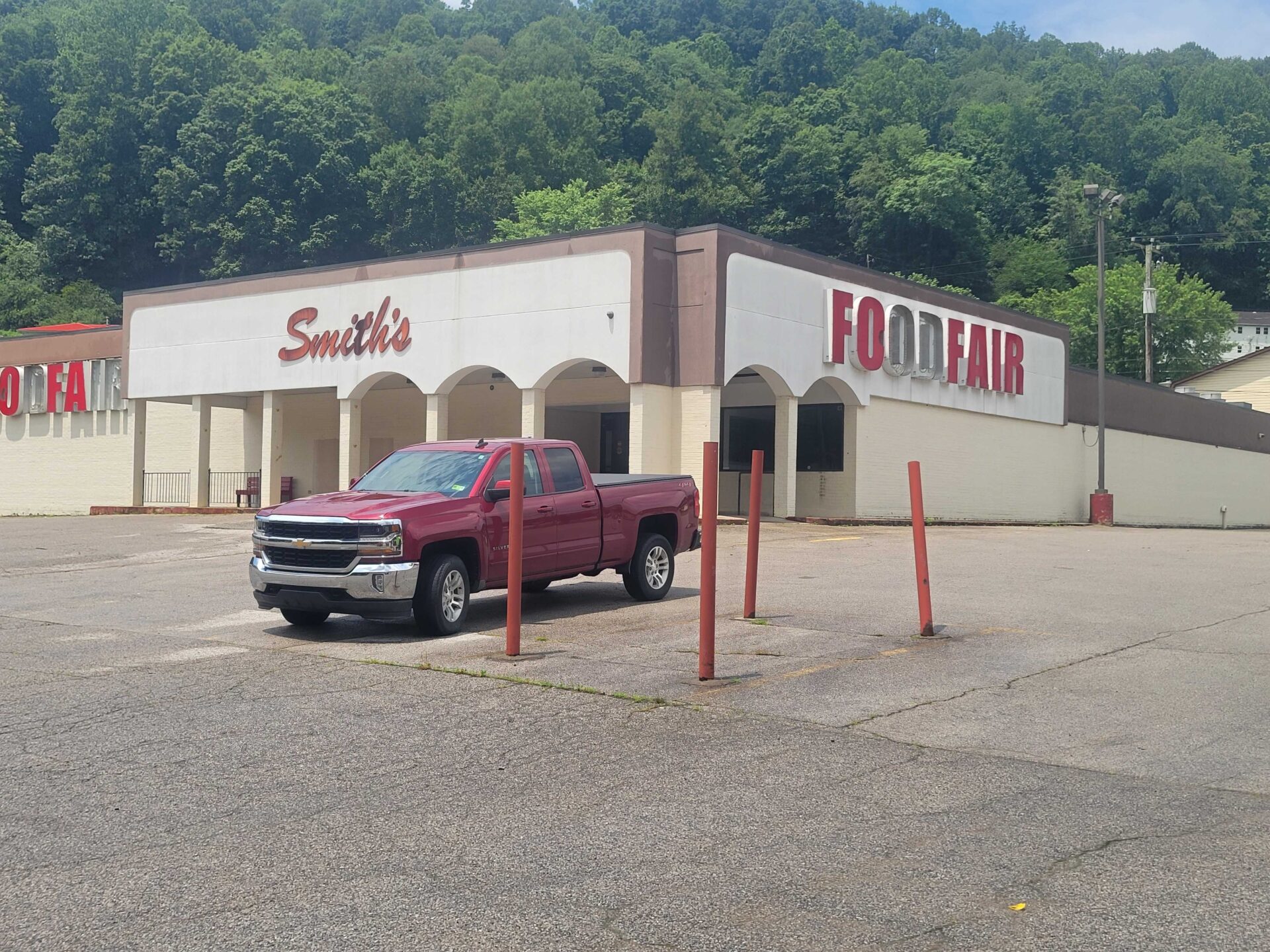The American food retail landscape is structured around hypermarkets, such as Walmart, which carry out large scale food distribution for population centers. Smaller grocery stores have provided services for rural communities. But that may be in jeopardy.
Bridget Lambert is the president of the West Virginia Retailer Association. She says smaller grocery stores are disappearing partly due to an unstable supply chain.
“They rely on food distribution networks that deliver to rural areas,” Lambert said. “About several years ago we had a large distribution center close in the Cabell County area.”
And that has filtered down to smaller locations. On April 1st, 2022, the Poca Foodfair permanently closed its doors, meaning residents have to travel to neighboring towns for the bulk of their groceries.
Jackie Dolan lives in Poca. She travels to Dunbar, Nitro, and Eleanor for her grocery shopping.
“You can’t make 2, 3, or 4 trips, you know I have to plan one whole day,” Dolan said.
The rising price of gas, and the rising costs of products are changing the shopping habits of the state’s rural residents.
“So instead of going to the store weekly, they may go bi-weekly, or once a month,” Lambert said. “Of course, the increased cost of gasoline, that money will come out of a family’s budget somewhere, and it may well come out of the food budget.”
For a long time, residents of Clay County have lived without ready access to a full service grocery store. Clay County is often considered one of the worst food deserts in the state.
In November 2021, a Par Mar store fitted with grocery products opened in Maysel to help meet the demand for a grocer.
“Usually you have to go either to Elkview or Sutton; at Kroger or the Save-a-lot, but since we got this place here, it’s helped out a whole lot,” Par Mar cashier Ethan Smith said.
Aside from the Par Mar, local businesses in Clay County have helped expand food access.
Stores like House’s Supermarket in Brickmore meet the community’s grocery needs, minus certain types of fresh meat.
There’s also Legacy Foods: Market and Bakery in Indore, and the Clay County Farmers Market in Clay.
“Food desert situations have created some very unique opportunities for small business owners in West Virginia to open niche markets, ” Lambert said. “Communities are stepping up and addressing this situation in a multitude of ways.”
According to Lambert, those investing in a local food market need to know the local food landscape, such as demand, population size, store location, and distribution networks. She noted that consumers appreciate shopping close to home, meaning there is a steady demand.
The Local Food Purchase Assistance Cooperative Agreement Program is part of the American Rescue Plan. The program aims to strengthen local supply chains and support local producers.
